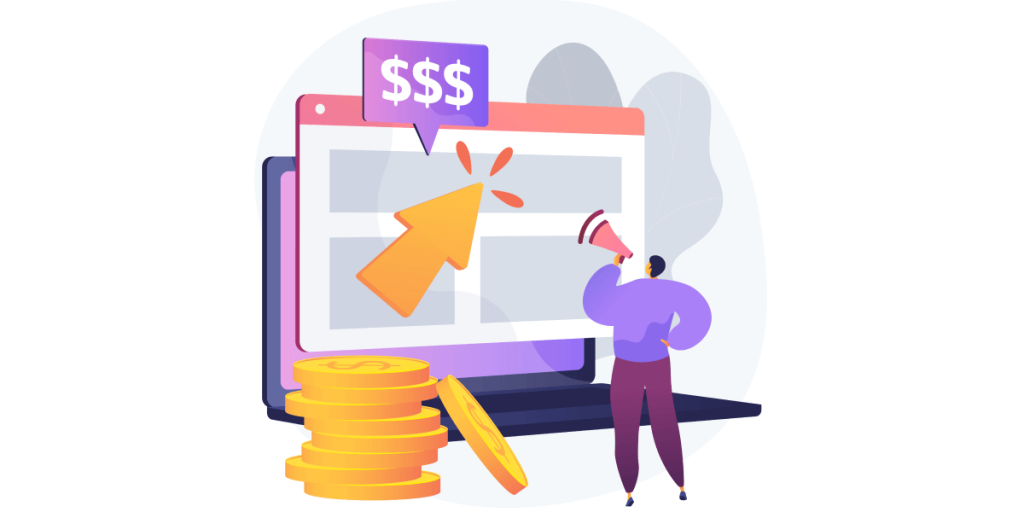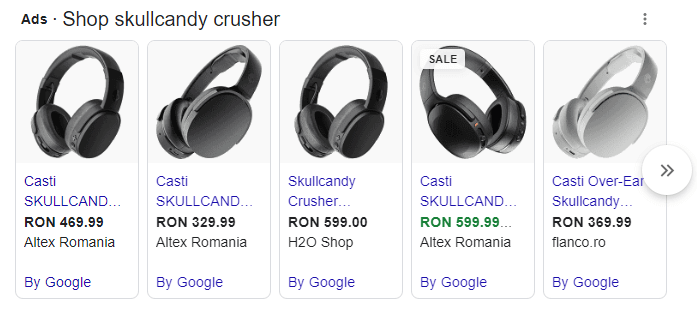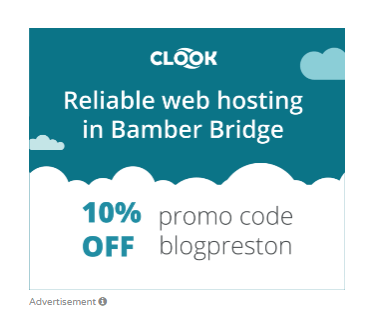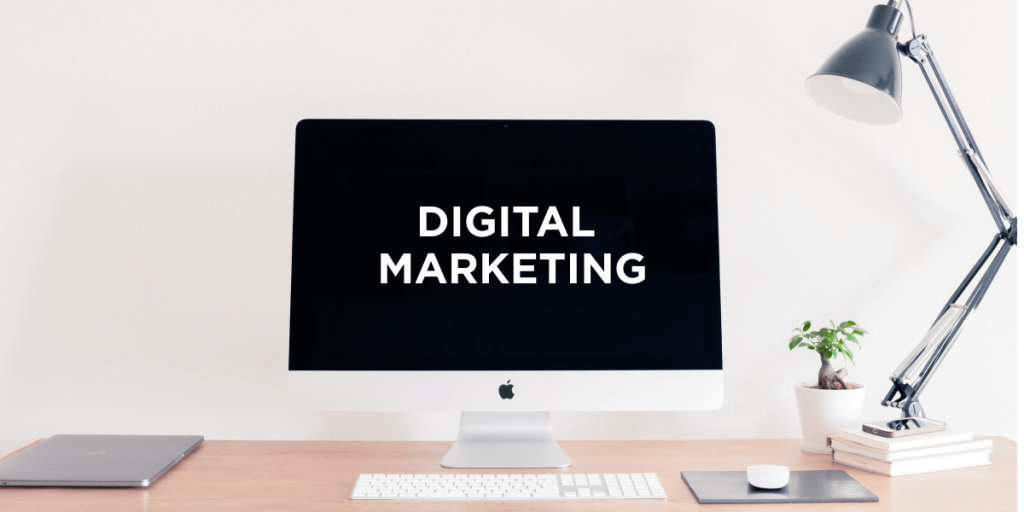Why Should You Have a Flawless SEO Before Implementing Google Ads?
Digital marketing specialists use SEO (search engine optimization) and Google Ads to achieve marketing goals such as improving a business’s online presence, boosting traffic from search engines and getting qualified leads by reaching their target customers. Many companies struggle to choose between an SEO campaign and an Ads campaign, especially the first time they outline their marketing strategies.
In this article, we are going to dive deeper into the connection between SEO and Google Ads and why they work so much better together than separately. Follow along for more helpful information to help improve your future marketing campaign and maximise your results.
What is SEO?

SEO stands for Search Engine Optimization or Search Engine Optimizer and involves multiple activities that will help your website boost organic search rankings. This means your site appears higher on major search engines results pages. You can check your SEO status and get an audit using Seoptimer, SEMrush or other online tools.
When users look online for anything that might interest them on Google Search or other engines, such as Bing, they will get matching results for the search queries. In order for your website to appear in relevant searches, you must work on your on-page SEO such as website content, blogging, meta descriptions and titles, keywords, internal linking, etc., off-page SEO such as link building, social media, etc., and technical SEO such as page speed, user experience, mobile-friendliness, etc. An SEO strategy aims to grow organic traffic, improve the conversion rate and increase sales.
Google uses a variety of ranking factors to determine the quality score of a website. Let’s take a look at them:
- Keywords – every page on your website should have target keywords that best fit the purpose of your page. To achieve high rankings, we strongly recommend you perform keyword research, competitor analysis and select relevant keywords that match user search intent. Because Google will rank you based on the topic-specific keywords, we advise you to use online tools such as Ahrefs Keyword Generator or Moz Keyword Explorer to get keyword ideas.
- Website content – the quality of your content is crucial in improving SEO rankings. Google’s mission is to perfectly match a user’s query with the content that offers them the necessary information. We highly recommend you focus on writing high-quality content that provides value to users. Every piece of content on your website should have a purpose and satisfy users’ needs. Quality content will keep users engaged, they will spend more time on your website, and Google will get positive signals about your website.
- User experience – Google recommends and endorses relevant websites that give users a positive experience. Your website’s UX/UI (User Experience/User Interface) is critical in engaging potential customers. UX features such as website architecture, easy navigation, intuitive design, organised content (headers, bullet points), visible call to action and eye-candy images and videos are a must-have for creating an enjoyable page experience.
- Page speed – nowadays, people lack patience and want information fast. A website that doesn’t load fast enough will not rank well, and users will leave in a blink of an eye, which will cause an increase in bounce rate. More than that, they will have a bad landing page experience.
- Website security – security data breaches are rising in numbers every day. Therefore, not only online visitors but Google is also taking a significant interest in keeping personal, security and financial information safe. We strongly recommend you use an SSL certificate. Not only your user’s data will be encrypted and secure, but Google also ranks better a secure website over a not secure site.
- Mobile-friendliness – Google has a mobile-first index algorithm, which means your mobile website is first crawled, indexed and ranked. If your mobile website is well-optimised, your desktop website version will also rank good. We advise you to make your website responsive to keep up with the trends and stay ahead of your competition.
To improve the user’s search experience, Google releases a core update twice or three times a year. We strongly believe that ongoing SEO is mandatory to keep your online business safe from any Google update and improve the website’s expertise, authority and trust (E-A-T principle). Content creation and optimisation are vital to a healthy online website that wants to increase customer satisfaction and improve user experience.
What are Google Ads?

Google Ads, formerly known as Google Adwords, is Google’s advertising platform that lets you create multiple online ads to reach your target audience when interested in a product or service you offer. You can create various ad campaign types to showcase your business in Google’s SERP, Google Products (YouTube, Gmail, Google Maps, Chrome, etc.) and on thousands of websites enrolled in the Google AdSense program.
Google ads are not free, and they work on an action system. If you want to advertise on Google, you have to decide and select the maximum amount of money you are willing to pay for a specific action on your ad. This amount of money will be your bid. The more you pay, the better the ad placements. You have two bid options for your ad CPC or cost-per-click, which means you pay for every click on your ad, or you can choose CPM or cost-per-mille, which means you pay for every 1.000 impressions of your ad (times your ad is displayed to online users).
Let’s see what types of Google Ads you can implement for your business:
- Search ads are text ads displayed on top of the results page, right above the organic listings. They look exactly like organic listings but have an “Ad” tag. This type of ad is used to generate website traffic by attracting people that look for your product.

- Shopping ads (Google Shopper) appear on top of the search results page in a carousel format. They usually include a picture of the product you are looking for from various online websites and their price to make a direct comparison. These ads are used for users that are ready to buy (commercial intent). You can optimise your website for rich results, especially if you are an eCommerce business.

- Local services ads are used by companies that offer local services such as cleaning services, locksmiths, pest control, etc. Instead of showing the prices, users will see more details about the company. You can check if your business is eligible for local service ads here.

- Display ads are visual graphic banners that have a broad reach. Your banners will be visible on Google Products such as YouTube and Gmail and across websites and apps that are part of the Google Display Network. Display campaigns come in three forms responsive display ads, image ads and HTML5 ads. These ads are mainly used to generate brand awareness.

- Video ads are videos about a product or service that are displayed before, during, or after YouTube videos and in the SERP. The ads are used to reach your target audience before your competitors.
- App ads are used to increase the number of installs. Your ads will appear on Google Play, YouTube, Search, and Google Display Network.
We recommend using the PPC option because it is more cost-effective. More than that, you bid on the keywords you want to use for your ad. Your positioning on the results page will be influenced by the amount of money you bid and your website’s quality score. Your ads’ frequency is directly proportional to your total PPC campaigns budget.
Why You Should Have a Flawless SEO Before Implementing Google Ads?

SEO and Google Ads are both powerful tools to increase your click-through rate, boost sales and improve ROI. They are distinct disciplines, as SEO involves making your website appealing to customers and potential customers while creating different types of content that fit their needs and keep them engaged. At the same time, Google Ads are a type of online advertising to bring users to your website. More than that, SEO is free, while you have to pay for online ads.
The big question shouldn’t be which one is better for your business, as both can have a powerful impact. The question we will explore in this chapter is why you should have flawless SEO before implementing Google Ads.
To best answer this question, we will create different scenarios.
Let’s say that you don’t work correctly on your website’s SEO, but you decide to implement Google Ads to increase conversions and get qualified leads.
Scenario 1 – Keywords (On-Page Content)
When you have no idea of what keywords and keyword phrases your target audience uses to get to your website, you will pay a lot of money for Google Ads PPC campaigns that will not bring results. When you identify the right keywords, you can create campaigns that match your user’s intent, and you will know precisely what they are looking for and what they are interested in. Therefore, they are ready to convert when they click on your ad and get to your website.
Scenario 2 – Website content
Let’s say you did your homework and know what keywords your target audience is interested in. You create ads with those keywords, and users get on your website. Now it’s content time. If you do not have enough content on your page and users cannot find the information they are interested in, they will bounce from your page and possibly never return, as your competition has more engaging content than you do. Writing high-quality, evergreen content is crucial for keeping visitors to your website. The saying, “Content is King, ” is an absolute truth. 74% of users become frustrated when the content is irrelevant to their needs. Not only you can solve problems, educate and sell with your content, but Google also pays a lot of attention to its quality, and when a core update is rolled-out, websites with thin or duplicate content are penalised. We advise working on your content and ensuring it encompasses everything your target audience is interested in.
Scenario 3 – User Experience
You have no issue with your keyword research and website content. But, your website is not user-friendly. People come to your website page from an ad and want to explore more of your online business. But your website architecture has no logic. They cannot find the navigation properly, your website search is not delivering the right results, your call to action is not visible, your images or videos are not optimised, and they are all over the place. What happens in this case? Users will get frustrated as they cannot find what they are looking for, and they will lose trust in your website because it looks spammy and unprofessional. Your website is like an online business card. You will not achieve results if your web pages are not appealing and functional to users. We highly recommend you build a website that creates a great user experience, it is intuitive and engaging. The better the user experience, the better Google sees your online business.
Scenario 4 – Page Speed
So you have your keywords, content and a great UX/UI, but your website loads in more than 3 seconds. 47% of people expect a web page to load in two seconds or less, while 40% will abandon a web page if it takes more than three seconds to load. People are impatient these days and want what they are looking for fast. If your website does not meet the audience’s requirements, you will not convert, lose customers, and spend a lot of money on ads that won’t bring results. Our advice is to prioritise page speed optimisation not only for your audience, but Google considers it an essential ranking factor. Websites that do not perform well in the speed chapter are penalised and lose their SEO rankings.
Scenario 5 – Website security
You did all the above four steps right, but you forgot to double-check your website security. Because of this, people will not entrust you with their personal information, they will not create a customer account, and it is possible they will not buy from you because they don’t trust you. Moreover, when a website doesn’t have a valid SSL certificate, Google lets users know that the website is not secure. We strongly advise you to invest in proper security as your website is like an open door for hackers. Bad actors will exploit common website security vulnerabilities. More than that, you can lose your website in seconds if you don’t take security matters seriously and put your customer’s safety at risk.
Scenario 6 – Mobile friendliness
Now you are a pro, you’ve done everything by the books, and your website is perfect but only for desktop users. If your website is not mobile-friendly, imagine how a mobile user will feel? The content and images are not straightforward and don’t fit the user’s screen, etc. Your customers will get frustrated and will leave your site in seconds. There is little chance of returning to you from a desktop device. This can happen only if they know and like your brand. If it’s a new user, the possibilities for this to happen are slim. 52% of internet usage is done from a mobile device. 79% of people who do not like what they find on a mobile website will search for another. Moreover, Google has a mobile-first index policy. Therefore, you are penalised if you don’t have a responsive website, customers will leave, and your money will be spent with no results.
In our opinion, SEO is crucial for online business success. Customers make or break a business, and if they are unhappy with what they find on your website when they click on your ad, they will turn to your competition in a blink of an eye.
We strongly advise you to work on your website SEO before implementing Google Ads because you will maximise your result and improve the number of new customers. A blend between the two in your marketing campaign will definitely help you improve brand awareness, increase the number of qualified leads and convert. With PPC, you will bring traffic to your website fast, but when you add SEO, you will get traffic in the long run. Therefore, you bring traffic both short and long term.
Google takes into consideration your quality score when giving you the bidding options. The better the quality score, the cheaper the cost of the click. The three elements of the quality score are click-through rate (CTR), Ad Relevance and Landing Page Experience. However, improving the CTR or the landing page has twice the impact of working on ad relevance. This means a rock-solid SEO strategy and website optimisation will help your Google Ads campaigns.
Our Advice – Which One Is Better for Your Business?

We strongly advocate for improving and constantly working on your SEO before implementing Google ads, as your campaign performance will improve. The results you will get will be more powerful. However, your digital marketing campaigns should reflect your business goals.
Google Ads are intensely focused on leads and sales with immediate results. You will be able to track and monitor your advertising campaigns as soon as you implement them. On the other hand, SEO focuses on driving SEO traffic in the long term and increasing brand awareness. You will see results in three to six months.
It is necessary for every business to know the effects of each activity and implement it based on business goals:
- If you want to generate traffic, SEO will generate traffic continuously, while the ads will generate traffic only for the campaign’s duration.
- If you want to be placed in front of your competition, SEO will take time and effort to put your online business on the first page of search results, while ads can be placed in the search results and on Google Network and partner’s websites.
- If you are looking at the cost, SEO is free and does not charge you if someone clicks on your listing, while for Google ads, you will pay for each click or per one thousand impressions.
- If you are looking at keyword strategy, both SEO and ads work for long-tail and short-tail keywords.
We stand by the fact that SEO is more rewarding and long-lasting than Google Ads. Moreover, the cost and performance of your ads are strongly influenced by your website’s SEO. However, both tools offer something unique to your business, and when done right, their performance will benefit your business.
Contact us if you need help with your SEO strategy, read our blog to learn more about digital marketing activities and impact, and check out our reviews to understand better how we operate and what matters in our partnerships.
Frequently Asked Questions
We strongly advise you to have a great website SEO before investing in PPC ads.
SEO is better for long-term results, while Google Ads are for short-term results.
No. Google Ads just bring your website to more people.
With the right implementation, they help improve brand awareness, increase qualified leads and boost website traffic.